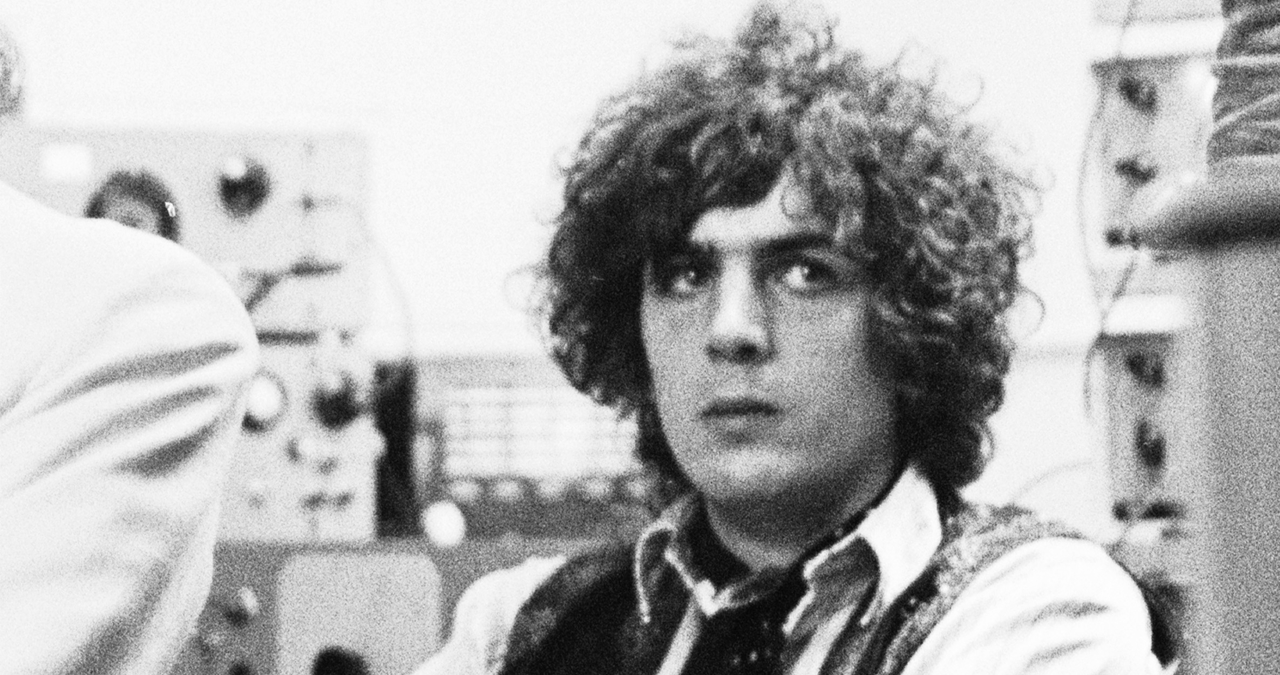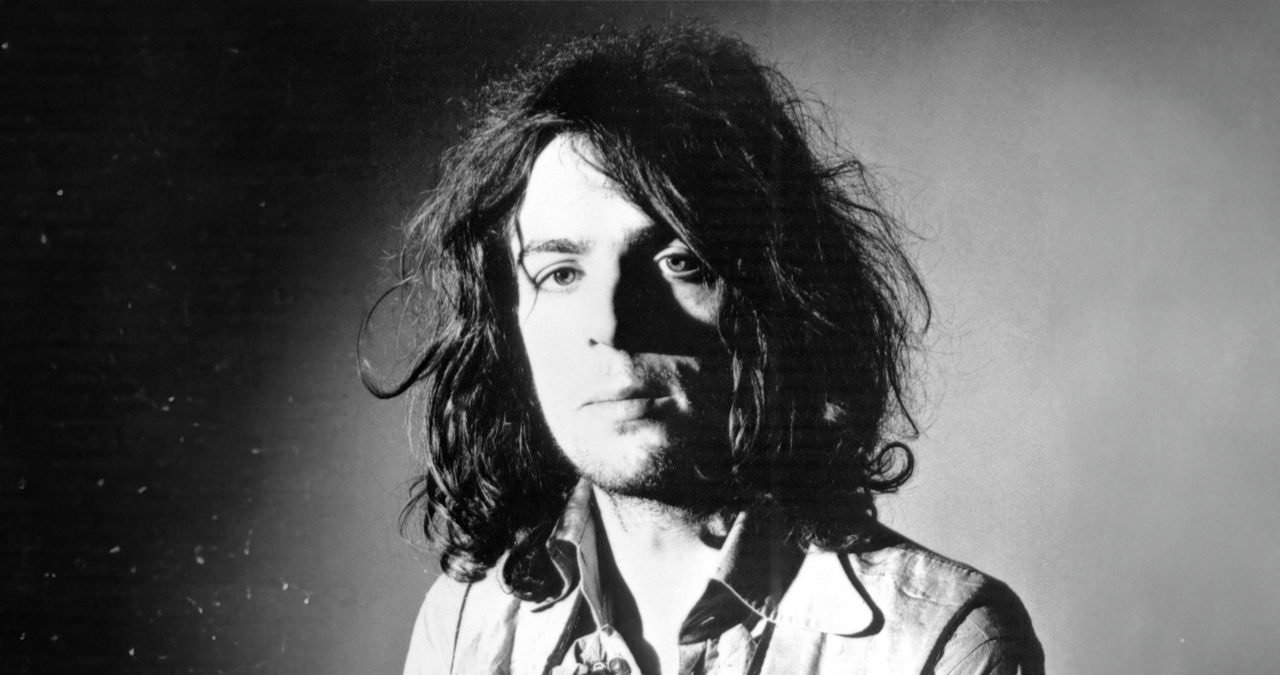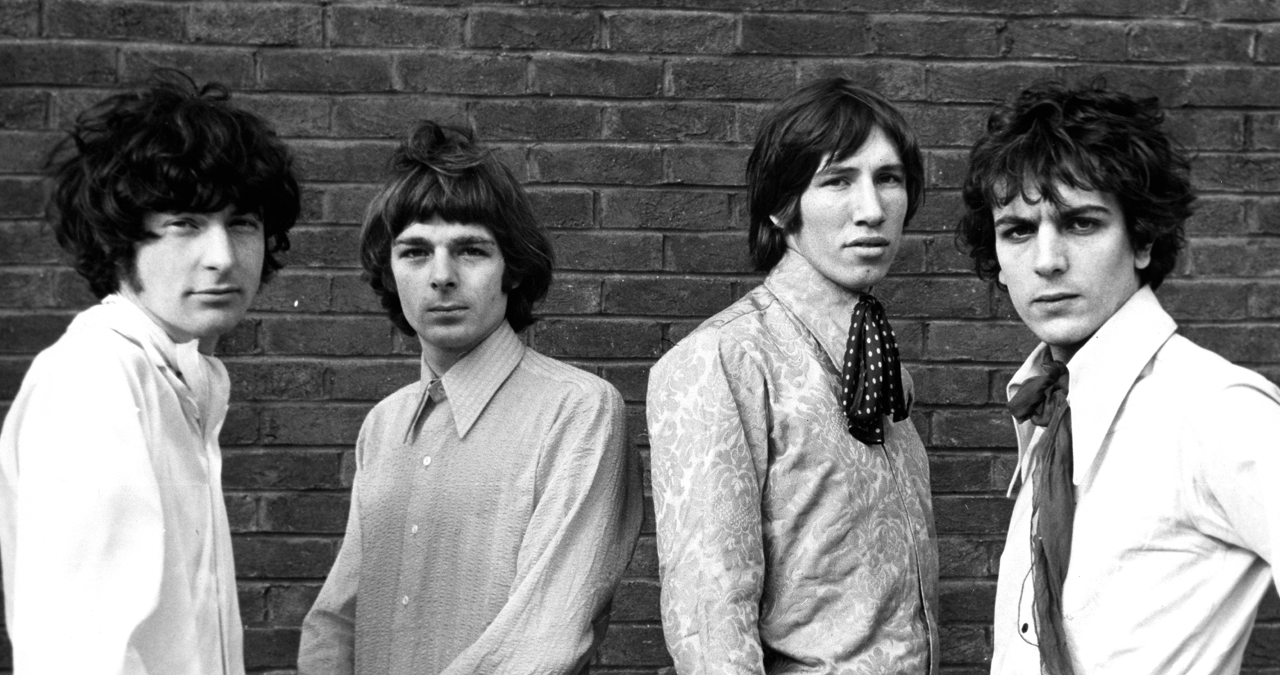“Did he expect to find us as we had been seven years earlier, ready to start to work with him again?”: The strange, sad day that Syd Barrett unexpectedly showed up in the studio when Pink Floyd were making Wish You Were Here
The making of Pink Floyd’s 1975 masterpiece was partly a tribute to their former frontman - but when Syd Barrett himself appeared at the studio, his former bandmates took a while to realise it was actually him

The galvanising force behind Pink Floyd’s early successes, Syd Barrett’s gifts for quirky lyricism, imaginative songcraft and audacious guitar playing were central to the band’s kaleidoscopic sound. Yet this captivating frontman’s career as an innovative trailblazer was short-lived.
Though Pink Floyd’s 1967 debut, The Piper At the Gates of Dawn, stands as testament to Barrett’s genius, by the time of its follow-up merely a year on (1968’s A Saucerful of Secrets) Barrett had become a troubled and distant figure.
Suffering from debilitating mental health issues - clearly exacerbated by heavy LSD intake - Syd often struggled to remain in tune. Barrett was losing his grip on what was happening both musically and socially.
On April 6th, 1968, it was officially announced that Syd had formally departed Pink Floyd.
David Gilmour - who’d first joined to help the struggling band out with additional guitar - was re-positioned as the lead guitarist and co-lead vocalist alongside bassist Roger Waters, vocalist/keyboardist Richard Wright and drummer Nick Mason.
Though Syd went on to fashion two rather ramshackle (but still alluring) solo records (The Madcap Laughs and Barrett), the weight of his illness led to him dropping out of the music industry entirely by 1974.
He would spend the next few decades leading a reclusive, yet peaceful life with his mother in Cambridge. Rarely speaking to anybody. Barrett passed away in 2006.

The post-Barrett line-up of Pink Floyd, meanwhile, went on to produce some of the greatest records in the canon of popular music.
Yet their sadness over their friend’s sudden deterioration remained a tangible shadow. It manifested as a theme across their 1973 opus The Dark Side of the Moon, and more pointedly in its breathtaking follow-up, 1975’s Wish You Were Here.
It was during the making of that album that, quite unexpectedly and without invitation, a then 29 year-old Syd Barrett re-appeared at Abbey Road Studios. It proved to be a great shock to his former bandmates, who'd not seen their once-captain for seven years.
All aside from Gilmour, that is, who’d sporadically helped Barrett with his solo records a few years prior.
Want all the hottest music and gear news, reviews, deals, features and more, direct to your inbox? Sign up here.
But Syd, who’d changed quite a bit physically since his last encounter with Pink Floyd, wasn’t initially recognised.
In fact, as the band entered the studio for work on the morning of June 5th 1975 (to lay down the final mix of the epic Shine On You Crazy Diamond - which was, oddly enough, a spiritual tribute to Syd) they were quite perturbed to encounter a slightly overweight, bald and shadowy-eyed individual skulking around the studio.
This character was a far cry from their svelt, lusciously-locked frontman. Surely someone knew who this intruder was?
“My memory is that I came into the studio, and there was this guy standing there in a Gabardine raincoat. A large bloke. I had no idea who he was,” Nick Mason remembered in documentary film The Story of Wish You Were Here.
“Surprisingly, no-one’s saying ‘Who’s that person, what’s he doing wandering around all our gear in the studio?’, recalled Gilmour in the same documentary.
David went on to say how this still-unidentified individual then joined the band in the control room, and stood around observing proceedings.
“[It was] remarkable how long it was until someone actually woke up,” remembered David.
At some point - the penny dropped.
Here, back in a Pink Floyd recording session, was Syd Barrett.
Gilmour sidled over to Nick Mason.
“Nick, do you recognise ‘him’?” Mason recalled Gilmour saying. Mason glanced over at the stranger, and shrugged his shoulders.
And so, taking a breath, David leaned in and revealed his identity.
“It’s Syd”
Word spread among the band and studio personnel. A mixture of shock, disbelief and outright sadness met the bewildered Barrett, who by all accounts tried to engage, albeit in a quite distant, detached way.
As Pink Floyd’s visionary art director Storm Thorgerson recalled, “Two or three people cried. He sat round and talked for a bit - but he wasn’t really there.”
“It’s very easy to draw parallels with Peter Pan returning to find the house still there and the people changed,” Nick Mason later told Prog Magazine. “Did he expect to find us as we had been seven years earlier, ready to start to work with him again?”
Some accounts of that day state that - after shedding a few tears at how much his once close friend had changed - Roger Waters played Syd the final mix of Shine On You Crazy Diamond (leading Barrett to remark, “sounds a bit old”), and the pair happily reminisced until Barrett made for the exit for the last time. Never to be seen again.
Bizarrely enough, though, some reports state that a few years later, Roger Waters would bump into Barrett in Harrods, during a rare excursion out of Cambridge.
A polaroid picture of Barrett from the day in 1975 appeared in Nick Mason’s book Inside Out, and captured a haunted-looking Barrett, appearing like a completely different human being to the Syd Barrett of old.
We won’t republish it here, but it’s easy to find said picture on the web. It also appears in the below documentary excerpt:
So just how did Syd - then no longer in contract with a record label - get into the studio that day?
Although security wasn’t as tight back then as it is now, there was still a robust vetting procedure.
But, there's the fact that Syd was generally known to Abbey Road staff and personnel (having cut his solo records there a few years prior, with an attempt at a third just a few months before), so they probably thought nothing of letting him through the door.
There’s also myriad reports that Barrett had been invited to attend the reception of David Gilmour’s wedding to Ginger Gilmour on the same day - but David has no recollection of him being present (according to Comfortably Numb: The Inside Story of Pink Floyd), and the band’s initial ignorance as to Barrett’s identity, discussed in the Wish You Were Here documentary, puts pay to that theory.

Though Barrett never saw his bandmates again, Gilmour ensured that all royalties from his previous life in Pink Floyd reached Syd up until his death in 2006.
Although Syd remained a recluse, the effect of his visit to the studio on the members of the band - then putting the final touches to an album created in part to pay homage to his derailed genius - underlined Barrett’s ongoing importance to the spirit of Pink Floyd.

I'm Andy, the Music-Making Ed here at MusicRadar. My work explores both the inner-workings of how music is made, and frequently digs into the history and development of popular music.
Previously the editor of Computer Music, my career has included editing MusicTech magazine and website and writing about music-making and listening for titles such as NME, Classic Pop, Audio Media International, Guitar.com and Uncut.
When I'm not writing about music, I'm making it. I release tracks under the name ALP.
You must confirm your public display name before commenting
Please logout and then login again, you will then be prompted to enter your display name.
